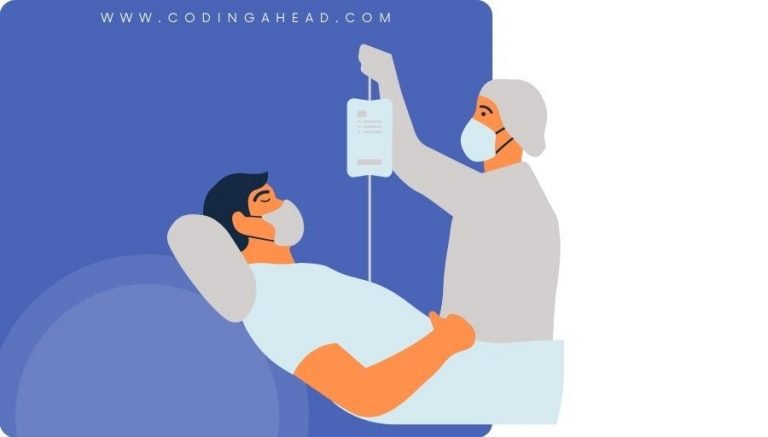How To Use CPT Code 93880
CPT 93880 describes the non-invasive vascular diagnostic process of duplex scanning of extracranial arteries. This article will cover the description, procedure, qualifying circumstances, appropriate usage, documentation requirements, billing guidelines, historical information, similar codes and billing examples.
1. What is CPT Code 93880?
CPT 93880 can be used to describe the non-invasive vascular diagnostic process of duplex scanning of extracranial arteries. This procedure allows a physician to visualize and selectively assess the flow patterns of peripheral vessels using real-time ultrasound imaging and pulsed Doppler. It helps in identifying arterial stenosis, occlusion, and incompetent veins.
2. Official Description
The official description of CPT code 93880 is: ‘Duplex scan of extracranial arteries; complete bilateral study.’
3. Procedure
- The physician or technician performs the duplex scanning procedure by holding a probe on the skin surface.
- The probe emits ultrasonic pulses that travel into the body and collide with soft tissues.
- When the ultrasound pulse reflects back to the probe as an echo, the scanner detects changes in frequency to calculate the speed and direction of blood flow.
- Successive pulses and echoes create an image of the targeted plane in the body, allowing the physician to examine the vascular flow of both sides of the head and neck.
4. Qualifying circumstances
CPT 93880 is used for non-invasive physiologic cerebrovascular studies, specifically for evaluating neck trauma, stroke, and pulsatile tinnitus. It may also be appropriate before coronary artery bypass grafting or after carotid surgery in patients with systemic atherosclerosis.
5. When to use CPT code 93880
CPT code 93880 should be used when performing a complete bilateral study of the extracranial arteries using duplex scanning. It is important to note that CPT code 93880 should not be reported in conjunction with CPT code 93895.
6. Documentation requirements
To support a claim for CPT 93880, the physician must document the following information:
- Indications for the non-invasive physiologic cerebrovascular study
- Specific details of the duplex scanning procedure
- Date and time of the procedure
- Findings and interpretations of the scan
- Signature of the physician performing the procedure
7. Billing guidelines
When billing for CPT 93880, ensure that the complete bilateral study of the extracranial arteries using duplex scanning is performed. It is important to note that CPT code 93880 should not be reported in conjunction with CPT code 93895. Additionally, it is advisable to check with the payer regarding the medical necessity of performing both carotid and venous Doppler exams on the same day.
8. Historical information
CPT 93880 was added to the Current Procedural Terminology system on January 1, 1992. There have been no updates to the code since its addition.
9. Examples
- A physician performing a complete bilateral study of the extracranial arteries using duplex scanning to evaluate a patient with a history of neck trauma.
- A technician conducting a duplex scan of extracranial arteries to assess blood flow patterns in a patient with pulsatile tinnitus.
- A physician using duplex scanning to identify arterial stenosis in a patient who recently had carotid surgery.
- A physician performing a complete bilateral study of the extracranial arteries using duplex scanning to evaluate a patient with a suspected stroke.
- A technician conducting a duplex scan of extracranial arteries to assess blood flow patterns in a patient with systemic atherosclerosis before coronary artery bypass grafting.
- A physician using duplex scanning to identify incompetent veins in a patient with chronic venous insufficiency.
- A technician conducting a duplex scan of extracranial arteries to evaluate blood flow patterns in a patient with a history of neck trauma and pulsatile tinnitus.
- A physician performing a complete bilateral study of the extracranial arteries using duplex scanning to assess blood flow in a patient with a suspected stroke and systemic atherosclerosis.
- A technician conducting a duplex scan of extracranial arteries to identify arterial stenosis in a patient who recently had carotid surgery and has a history of neck trauma.
- A physician using duplex scanning to assess blood flow patterns in a patient with pulsatile tinnitus and chronic venous insufficiency.


